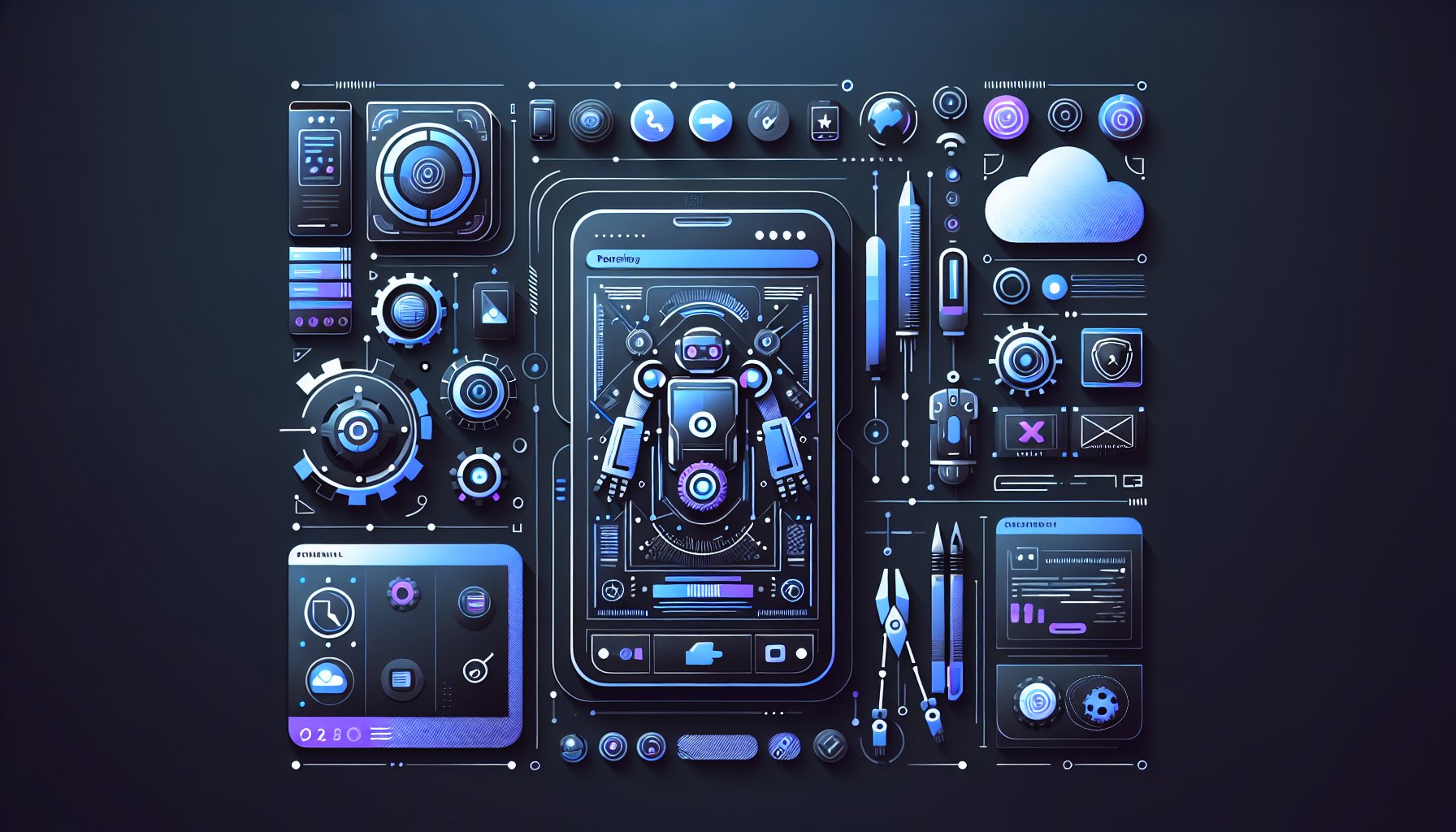Introduction
In today’s digital age, the mobile application landscape continues to evolve at an unprecedented pace. Quantum computing, artificial intelligence (AI) integration, and blockchain technology are revolutionizing the way we create, deploy, and interact with mobile applications. By leveraging these cutting-edge technologies, developers can create more secure, efficient, and impactful mobile applications.
Quantum Computing: A New Era of Mobile App Development
Quantum computing promises to revolutionize mobile app development by providing an exponential increase in computational power. For complex tasks such as real-time data processing and encryption, quantum computing can offer significant advantages over traditional methods. Quantum algorithms can help apps to run faster, consume less power, and provide more efficient use of resources.
Code Example: QuantumML
const QML = require('quantumml');
const model = new QML.KMeans({
max_iter: 300,
n_clusters: 5
});
model.fit(X);
This simple example demonstrates how QuantumML, a cutting-edge quantum machine learning library, can be used to implement a KMeans clustering algorithm in a mobile app.
AI Integration: Creating Smarter Apps
AI is no longer an optional add-on but a necessity for modern mobile app development. AI integration can enhance user experience through features like personalized recommendations, voice-activated commands, and predictive analytics. AI-powered chatbots can provide 24/7 customer service, and machine learning algorithms can help businesses analyze user behavior and optimize their services.
Code Example: TensorFlow.js
import * as tf from '@tensorflow/tfjs';
const model = await tf.loadLayersModel('https://path/to/my-model.json');
const prediction = model.predict(tf.tensor2d([input]));
This code snippet uses TensorFlow.js, a popular machine learning library, to load a pre-trained model and make a prediction based on an input.
Blockchain Technology: Secure and Transparent Apps
Blockchain technology offers the potential for creating more secure and transparent apps. By integrating blockchain, developers can create decentralized applications (DApps) that are resistant to censorship and fraud. Blockchain technology can also enhance data security by providing a tamper-proof digital ledger.
Code Example: Ethereum
const web3 = new Web3('https://mainnet.infura.io/v3/YOUR_INFURA_KEY');
const contractAddress = '0xYourContractAddress';
const contractABI = JSON.parse('[Your Contract ABI]');
const contract = new web3.eth.Contract(contractABI, contractAddress);
This code snippet uses the Web3.js library to interact with a smart contract on the Ethereum blockchain.
Conclusion
The future of mobile app development lies in harnessing the power of quantum computing, AI integration, and blockchain technology. By staying abreast of these emerging trends and technologies, developers can create mobile applications that are more powerful, efficient, and secure.
Key Takeaways
- Quantum computing can drastically increase computational power and efficiency.
- AI integration is essential for enhancing user experience and optimizing services.
- Blockchain technology can create more secure and transparent applications.
